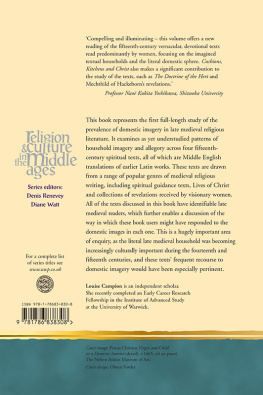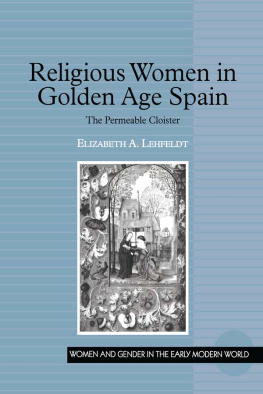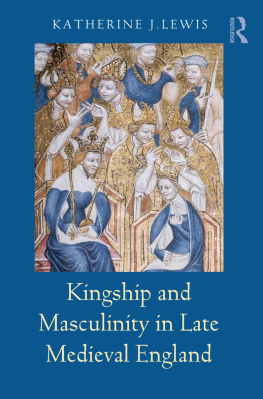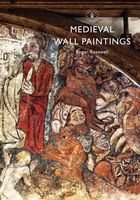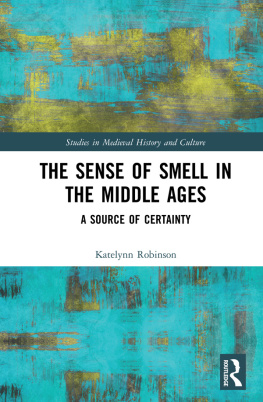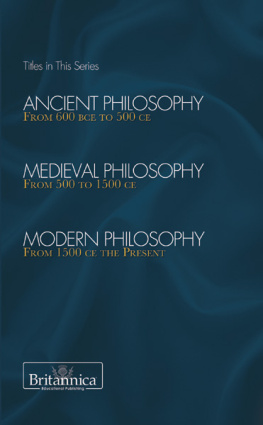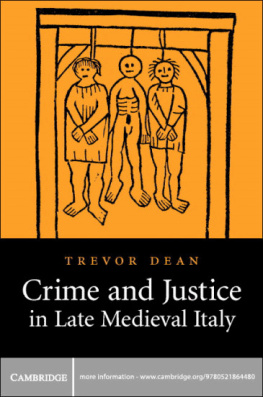Contents
RELIGION AND CULTURE IN THE MIDDLE AGES
Cushions, Kitchens and Christ

RELIGION AND CULTURE IN THE MIDDLE AGES
Cushions, Kitchens and Christ
Mapping the Domestic in Late Medieval Religious Writing
LOUISE CAMPION

Series Editors
Denis Renevey (Universit de Lausanne)
Diane Watt (University of Surrey)
Editorial Board
Elizabeth LEstrange (University of Birmingham)
Andrew Kraebel (Trinity University, Texas)
Miri Rubin (Queen Mary University of London)
Laura Saetveit Miles (University of Bergen)
Fiona Somerset (University of Connecticut)
For my aunt, Pauline Ann Bell-Hartley, and my grandmother, Ivonne Gabrielle Ghislaine Campion
Louise Campion, 2022
All rights reserved. No part of this book may be reproduced in any material form (including photocopying or storing it in any medium by electronic means and whether or not transiently or incidentally to some other use of this publication) without the written permission of the copyright owner except in accordance with the provisions of the Copyright, Designs and Patents Act. Applications for the copyright owners written permission to reproduce any part of this publication should be addressed to the University of Wales Press, University Registry, King Edward VII Avenue, Cardiff, CF10 3NS.
www.uwp.co.uk
British Library Cataloguing-in-Publication Data
A catalogue record for this book is available from the British Library.
ISBN 978-1-78683-830-8
eISBN 978-1-78683-832-2
The right of Louise Campion to be identified as author of this work has been asserted in accordance with sections 77 and 79 of the Copyright, Designs and Patents Act 1988.
The publisher has no responsibility for the persistence or accuracy of URLs for any external or third-party internet websites referred to in this book, and does not guarantee that any content on such websites is, or will remain, accurate or appropriate.
Religion and Culture in the Middle Ages aims to explore the interface between medieval religion and culture, with as broad an understanding of those terms as possible. It puts to the forefront studies which engage with works that significantly contributed to the shaping of medieval culture. However, it also gives attention to studies dealing with works that reflect and highlight aspects of medieval culture that have been neglected in the past by scholars of the medieval disciplines. For example, devotional works and the practice they infer illuminate our understanding of the medieval subject and its culture in remarkable ways, while studies of the material space designed and inhabited by medieval subjects yield new evidence on the period and the people who shaped it and lived in it. In the larger field of religion and culture, we also want to explore further the roles played by women as authors, readers and owners of books, thereby defining them more precisely as actors in the cultural field. The series as a whole investigates the European Middle Ages, from c.500 to c.1500. Our aim is to explore medieval religion and culture with the tools belonging to such disciplines as, among others, art history, philosophy, theology, history, musicology, the history of medicine, and literature. In particular, we would like to promote interdisciplinary studies, as we believe strongly that our modern understanding of the term applies fascinatingly well to a cultural period marked by a less tight confinement and categorization of its disciplines than the modern period. However, our only criterion is academic excellence, with the belief that the use of a large diversity of critical tools and theoretical approaches enables a deeper understanding of medieval culture. We want the series to reflect this diversity, as we believe that, as a collection of outstanding contributions, it offers a more subtle representation of a period that is marked by paradoxes and contradictions and which necessarily reflects diversity and difference, however difficult it may sometimes have proved for medieval culture to accept these notions.
This book would not exist without the support of several different individuals and institutions. It began life as a doctoral thesis, and my research was made possible by a scholarship from the Centre for Arts Doctoral Research Excellence at the University of Warwick, for which I remain very grateful. I would like to thank my former supervisor, Christiania Whitehead, for her constant encouragement and careful readings of my work, as well as her unstinting readiness to discuss my ideas. I have benefited hugely from the guidance and friendship of the broader community of medievalists at Warwick, especially Emma Campbell, Marco Nievergelt and Sarah Wood. I am also very grateful to my former Head of Department, Emma Mason, for kindly agreeing to discuss my work with me on more than one occasion. I should also like to thank the staff and research community at Warwicks Institute of Advanced Study, where I held a Postdoctoral Fellowship, for giving me such a stimulating environment in which to begin the process of revising my thesis into this book.
Beyond Warwick, I owe a debt of gratitude to Anne Mouron and Nao Kukita Yoshikawa, who very generously agreed to share and discuss their work on Mechthild of Hackeborn with me. I also received very valuable advice and support from the annual Research Days in Medieval English Studies, organised by the Universities of Pter Pzmny, Budapest, Lausanne, Padua and Warwick, by Tams Karth, Denis Renevey and Alessandra Petrina. I am grateful to the organisers for always including me, and to Catherine Batt, Ian Johnson and Diane Watt, who gave me excellent suggestions for further research at these events. At the University of Wales Press, Sarah Lewis has been an incredibly patient and responsive editor, and I am also very thankful to the anonymous reader of this book for their generous and insightful comments.
I owe a huge debt of gratitude to my friends and family, whose love and support has been invaluable. Particular thanks go to Jane Sinnett-Smith, Merryn Everitt, Raphaela Rohrhofer, Elena Roberts, Michelle Riley, Eric Feng, Jethro Waldron, Emily Dubois and Stephanie Kline. I met Liam Lewis very briefly during my undergraduate studies, and then again when we began our doctoral research at the same time, in September 2015. Since then, he has been my reader, critic and counsellor, and I will be forever grateful for his unwavering friendship. My aunt and uncle, Nicole and Steve, have taken a keen interest in this book from the very beginning, as well as offering frequent practical support. During long days at the library, my brother, John, often took time out of his day to listen to my ideas or anxieties about my work. I am also endlessly grateful to my sister, Catherine, and brother-in-law, Richard, for their constant support, advice, and, when needed, distraction from my work. My nieces, Emily, Lucy and Katie, and nephew, Ben, are not at all interested in medieval literature, and often make this known, but they are, without doubt, my greatest source of inspiration. I owe more than words can say to my parents, David and Elizabeth; I am not sure that anything I could write would do justice to their unceasing love, patience, support and encouragement.

